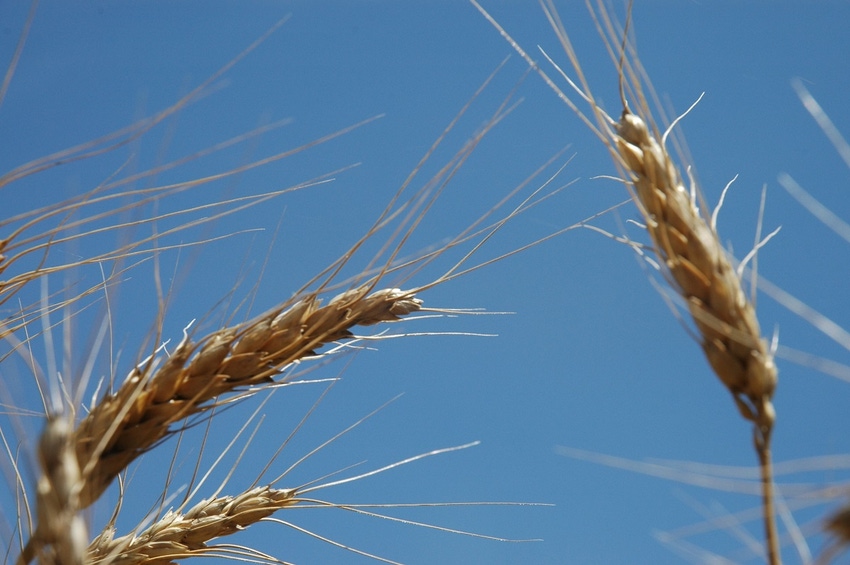December 8, 2017

I have been reading “The Log of a Cowboy: a Narrative of the Old Trail Days” (Andy Adams, The Riverside Press, Cambridge, 1903). The cowboys’ experiences remind me of keeping up with the markets.
The book is set in 1882, when a 3,000 head herd was assembled near Brownsville, Texas, for a cattle drive that ended in Montana five months later.
The cowboys worked long days and nights, spending boring time in the saddle and sitting around the campfire telling stories and spinning tales — very much like farmers driving tractors and gathering at the local coffee shop or elevator and talking markets: a little truth and a lot of smoke and mirrors being shared.
Then something happens, normally in the dark of the night, that causes a stampede. The cowboys quickly mount their horses and ride blindly across the range and through the thickets to control the stampede and/or turn the cattle. The stampede would either “wear itself out,” or the cowboys would turn the herd in on itself, causing congested traffic and stopping the stampede. If the herd was turned in on itself, the cattle remained restless and could break out again. The direction of any stampede is unknown.
WHEAT PRICE STAMPEDE
After a cattle stampede, the cowboys could spend days getting things back together, counting the cow, and proceeding with the drive.
At the completion of the 2017 wheat harvest, 99 million bushels of Oklahoma wheat and 68 million bushels of Texas wheat had been harvested (assembled). The total U.S. hard red winter wheat harvest was 750 million bushels.
During harvest (June 2017), Oklahoma and Texas wheat prices had a good run, going from $3.45 in late May to near $4.80 July 5. Prices got restless July 6, declining to $4.58, recovered a little July 7, remained restless until July 12, and then the stampede started.
The stampede didn’t run itself out until Aug. 22, when prices hit $3.17. Since Aug. 23, wheat has traded between $3.14 and $3.57.
Like cattle on lush grass and plenty of water, record world and relatively high U.S. wheat stocks make prices appear calm. Add to the high stocks a record Russian wheat crop that averaged 12.4 percent protein, with good test weight. Wheat prices have remained content to trade in a 40-cent price range.
EXPECTING LOWER PRICES
Wheat buyers are also betting on lower prices. The managed funds trading KC hard red winter wheat contracts are net short 29,000 contracts [Sidebar: On October 24, funds were 13, 000 contracts long]. Managed fund positions with the CBT soft wheat contract show traders to be 126,000 contracts short.
Wheat stocks will keep pressure on the market. Given that the 2017/18 marketing year world wheat harvest is nearly complete, and the 2017/18 marketing year wheat supply is known, changes in stocks won’t stampede the market.
A sign that wheat stocks are not an issue is that Australia is projected to produce 42 percent less wheat in 2017 than was harvested in 2016. Australia’s lower production had little impact on prices.
Producers need a stampede in the wheat market. Relatively low wheat prices and net short fund positions indicate that when the price stampede happens (and it will), price movements will be in the right direction — higher.
The wheat markets are like old-time cattle drives: long boring days and nights of work and time to sit around and share tales. Producers may see signs that the markets are getting restless, or it may be like a dry strike of lighting in the middle of the night — but wheat prices will take off like a stampede.
About the Author(s)
You May Also Like






